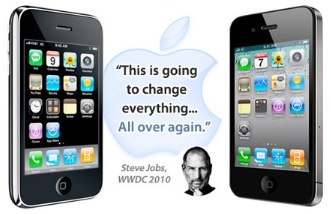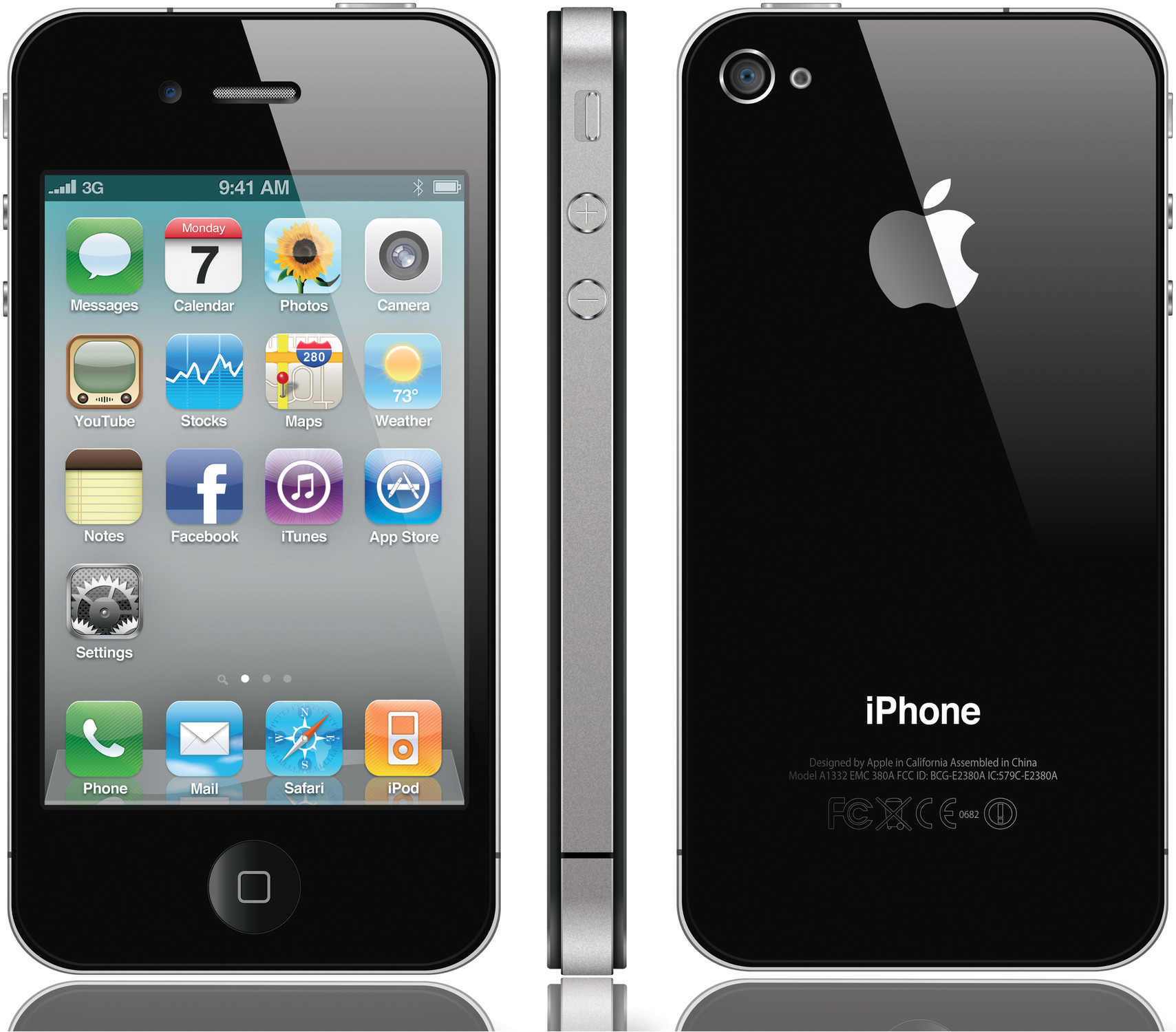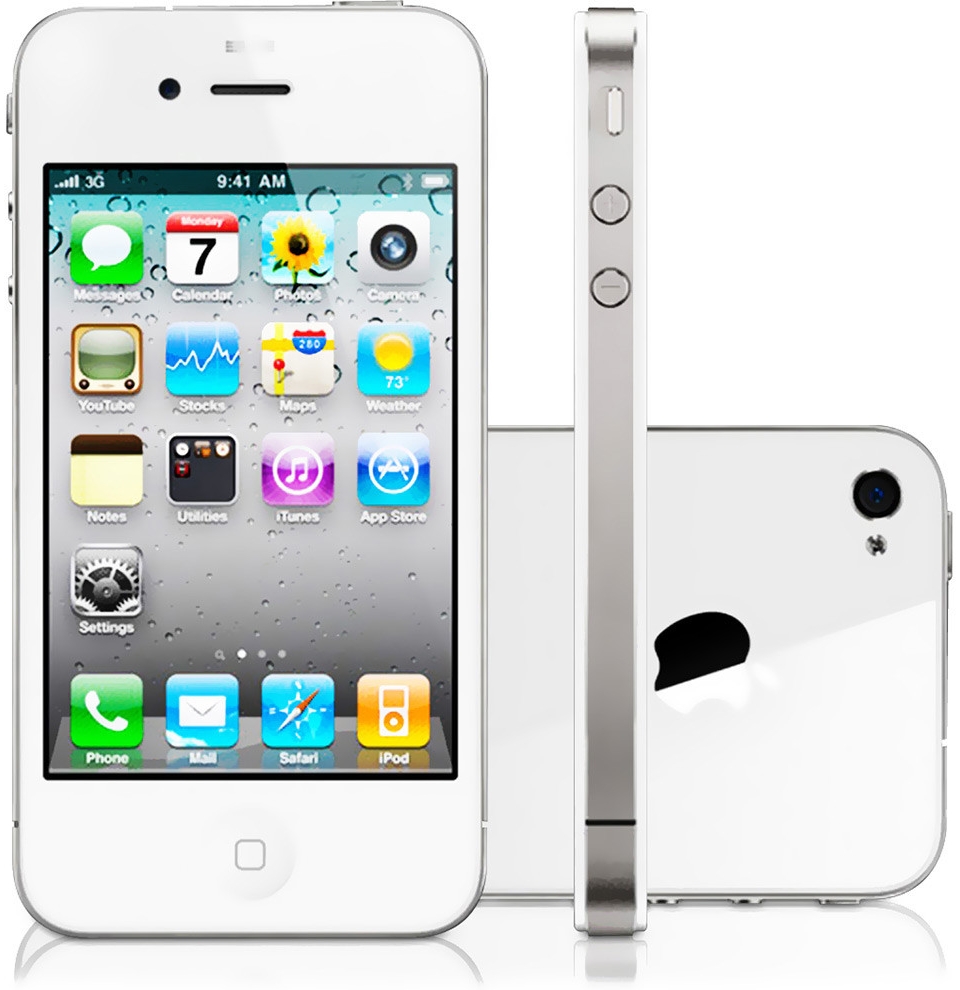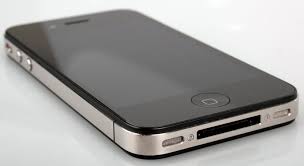The iPhone 4 is still considered by many people to be a jewel among Apple smartphones. It was revolutionary in many ways and heralded a number of important changes in this field. It was significantly different from its predecessors and exceptionally was not presented to the world in September, but in June 2010 as part of WWDC.
A revolution in many ways
Although the iPhone 4 hasn't been able to run newer (let alone the latest) versions of the iOS operating system for some time now, there are a surprising number of people who can't let it run. The fourth generation of smartphones from Apple brought a number of very important functions to users and set completely new standards in many ways.
The iPhone 4 saw the light of day in the same year as the iPad. This marked a new milestone for Apple, and at the same time the beginning of a pattern of releasing "bundles" of products, which is repeated in minor variations to this day. The "four" brought a number of new things without which we can't even imagine smartphones from the apple company today.
These include, for example, the FaceTime service, within which owners of Apple devices can communicate with each other for free and comfortably, a revolutionary 5 megapixel camera with LED flash at the time, a front camera in VGA quality or, for example, a significantly improved resolution of the Retina display, which was proud compared to the displays of previous iPhones four times the number of pixels. The iPhone 4 also came with a completely new design, which many laymen and experts consider to be the most beautiful ever.
Nobody is perfect
The iPhone 4 carried a number of firsts, and firsts are never without "childhood diseases". Even the "four" had to deal with a number of problems after its release. One of them was the so-called "Death Grip" - it was a loss of signal caused by a specific way of holding the phone in the hand. A number of users complained about the failure of the rear camera of the device, which was not affected even by rebooting. There were also complaints about the wrong display of colors on the display or yellowing of its corners, and some of the owners of the iPhone 4 had a problem with the fact that the phone did not handle multitasking as they imagined. The "antennagate" affair was resolved by Steve Jobs at a press conference on June 16, 2010 by promising to provide a special "bumper" type cover for free to iPhone 4 owners and refund those who had already purchased the bumper. But the affair with the antenna was not without consequences - the solution with the bumper was found by Consumer Reports to be only temporary, and the magazine PC World decided to remove the iPhone 4 from its Top 10 mobile phones list.
Despite negative press and public attention, the iPhone 4 antenna was shown to be more sensitive than the iPhone 3GS antenna, and according to a 2010 survey, 72% of owners of this model were very satisfied with their smartphone.
It could be interest you

Up to infinity
In 2011, two pieces of the iPhone 4 also visited the International Space Station (ISS). The SpaceLab application was installed on the phones, which performed various measurements and calculations with the help of a gyroscope, accelerometer, camera and compass, including determining the position of the smartphone in space without gravity. "I'm confident that this is the first iPhone to go into space," Brian Rishikof, CEO of Odyssey, the company behind the SpaceLab app, said at the time.
Remember what the iPhone 4 and the iOS version of the time looked like in the official advertisement:
Even today, there is still a – albeit relatively low – percentage of users who still use the iPhone 4 and are happy with it. Which iPhone model would you be willing to keep for the rest of your life? And which iPhone do you think is the best?





3g was the introduction to iPhones. The four was incredible in its day. Amazing display, glass and steel. Delicacy. The six was a big move, but the caseless design faltered. X is again a beauty in appearance. Everything between these models was "just" iron. I don't mean functionality, but the feeling when you take them in your hand.
3GS and 5S were the best for me.
For me, the best looks are 4ka, 5ka and now SEčko. I don't understand those strange rounded indeterminate blobs like 3GS, 6,7,8. (besides, anything over 4″ is too big)
Behind me 4, 5S and currently SE (for me the most fun)
I am extremely happy with the iPhone 6S, which has served me faithfully and well. I can't complain about him at all. I'll admit that in my time I still had an iPhone 3GS, which just didn't fit me, but times have moved on and I can't really imagine life without an iPhone as such for work and entertainment. It's just a dream phone for me :)